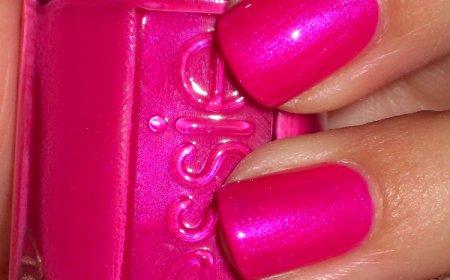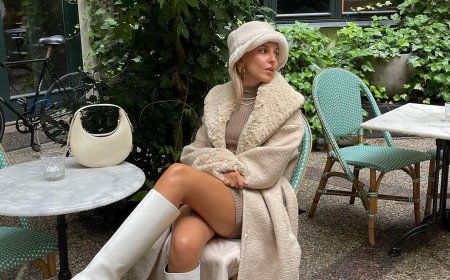What to Wear Under a Sheer Dress: The Art of Layering
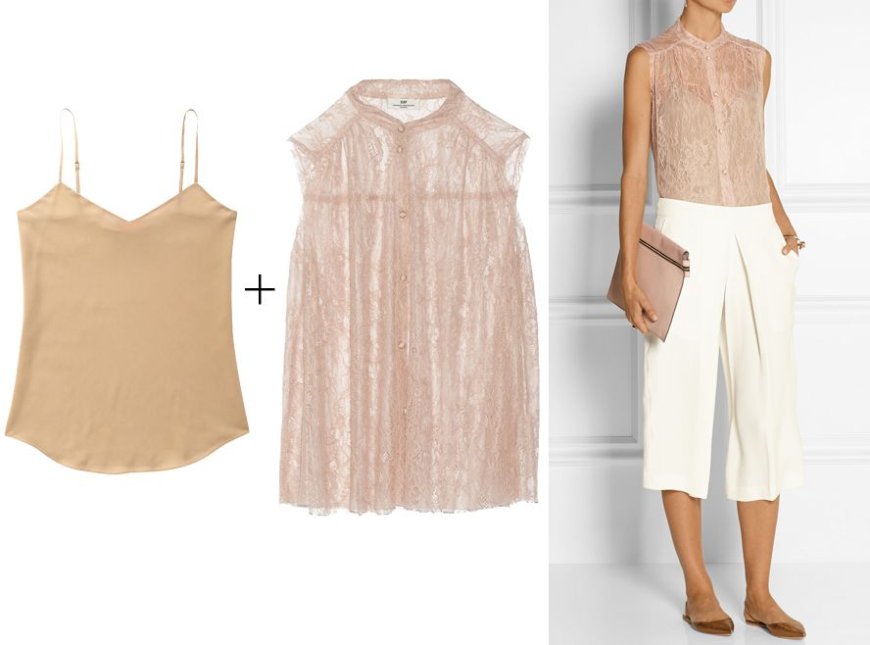
The contemporary fashion landscape frequently celebrates the allure of sheer garments, which introduce a delicate interplay between visibility and concealment. A sheer dress can be an exquisite choice for numerous occasions, yet it poses a question of styling that demands consideration: What should one wear beneath such diaphanous attire? The art of layering transcends mere practical necessity; it embodies a profound expression of personal style, creativity, and confidence. This article endeavors to explore the intricacies surrounding this matter, offering insights that challenge conventional thinking and inspire innovative layering techniques.
Before delving into specific suggestions, it is essential to grasp the foundational principles of layering under sheer dresses. The primary goal is to create a harmonious ensemble that respects the transparency of the fabric while ensuring that the wearer feels comfortable and confident. In achieving this balance, one must consider various factors, including fabric choice, color coordination, and the silhouette of the undergarment.
Layering under sheer dresses involves an understanding of how the interplay of light and texture can affect perception. The choice of an underlayer not only contributes to one’s comfort but also enhances the visual storytelling that a sheer dress can convey. Here, we will examine various types of underlayers, emphasizing how each contributes to the overall aesthetic while inviting thoughtful experimentation.
Sheer dresses come in a variety of cuts, materials, and levels of transparency, each presenting unique challenges and opportunities for layering beneath. Thus, it becomes imperative to regard them through a lens that considers the complex dynamics of color, texture, and weight.
When selecting an underlayer for a sheer dress, one must first consider the dress's overall color palette. The intention is to achieve a cohesive look that allows the sheer fabric to be the star while the undergarments complement it without overpowering. Herein lies the challenge of selection.
Utilizing nude tones can be an effective method for establishing a seamless foundation. Nude layers—whether slips, bodysuits, or bra and panty sets—allow the sheer fabric to float gracefully above without stark contrast. This stratagem often produces an illusion of skin, enhancing the ethereal quality of the dress. Additionally, clever use of tonal variations, achieved through lighter or deeper shades of nude, helps in retaining visual interest while keeping the beneath layers understated.
Conversely, the integration of contrasting colors can pose an exhilarating opportunity for self-expression. Darker underlayers beneath lighter sheer fabrics can create a striking visual dichotomy. Consider pairing a sheer pastel dress with a bold black slip; the combination will evoke a contemporary edge while challenging traditional norms. Careful attention to silhouette ensures that the layering does not appear disjointed, allowing for a harmonious combination of the two elements.
Moving beyond color theory, the textural interplay between the sheer dress and its underlayer significantly influences the overall aesthetic. Sheer fabrics often embody a soft, flowing nature; thus, choosing an underlayer that mirrors this texture can create a pleasing continuity. Fabrics such as silk or satin under slips provide fluidity that echoes the delicate nature of sheer garments. Alternatively, the juxtaposition of textures—such as a structured bodysuit under a flowing sheer dress—can add depth and intrigue, captivating the viewer's attention.
In recent trends, many have embraced the art of layering with the inclusion of eclectic pieces to fashion a unique, personal style. This invites a departure from conventional undergarments in favor of creative, statement pieces. For example, a fitted tank top or a cropped lace shirt can be worn beneath a sheer overlay, infusing the ensemble with an unexpected yet intentional twist. The resulting layered look is not only visually striking but also reinforces the notion that fashion is a canvas for individual expression.
Furthermore, the silhouette plays an instrumental role in the efficacy of layering beneath sheer garments. Body-hugging layer options foster an alluring silhouette that complements various body types while remaining discreet. Conversely, loose-fitting layers beneath a sheer dress may create a more casual or bohemian aesthetic. The key lies in selecting silhouettes that echo the desired vibe of the overall outfit. Moreover, attention must be paid to avoid overwhelming the transparency of the outer layer, ensuring that the look remains cohesive.
Equally relevant is the practicality of wear, with considerations for comfort and fit being paramount. Factors such as garment functionality—whether engaging in active movement, socializing, or attending formal events—should inform the choices made concerning underlayers. Selecting seamless underwear or slips that lie comfortably against the skin will facilitate ease of movement while enhancing the experience of wearing sheer clothing.
Accessories also play a pivotal role in enriching the overall layered look. The strategic inclusion of statement belts or layered necklaces can further define the silhouette while adding a touch of personal flair. For instance, a cinched waist created with a daring belt can elevate the ensemble, creating a visual anchor that complements the delicate nature of a sheer dress.
As trends continue to evolve, the conversation surrounding what to wear under a sheer dress reflects broader themes in fashion, such as individuality, innovation, and confidence. It challenges the wearer to reevaluate traditional norms and encourages them to forge their path within the realm of style.
In conclusion, the art of layering under sheer dresses invites a thoughtful, engaged approach to fashion. This exploration of foundational principles related to color, texture, silhouette, wearability, and accessorizing provides a framework for layering that transcends the basic and ventures into the mesmeric. It compels the reader to confront their understanding of sheer garments and encourages a journey toward elevating their style through mindful construction. The delicate act of layering transforms mere fabric into a profound statement, empowering individuals to embrace their unique identity through fashion.
What's Your Reaction?
 Like
0
Like
0
 Dislike
0
Dislike
0
 Love
0
Love
0
 Funny
0
Funny
0
 Angry
0
Angry
0
 Sad
0
Sad
0
 Wow
0
Wow
0

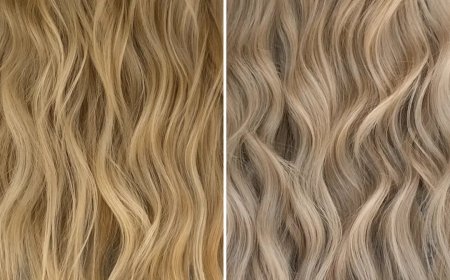
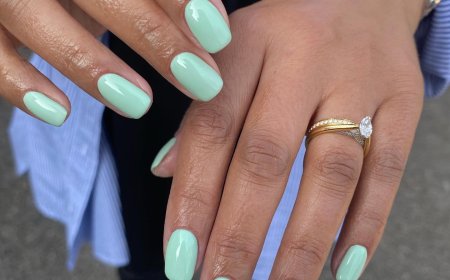
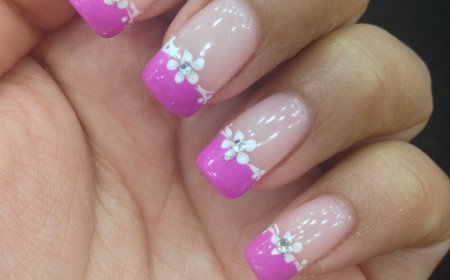





:max_bytes(150000):strip_icc()/drugstore-retinol-creams-tout-f76b9d2796e34eaa8376801c83fb1888.jpg)







